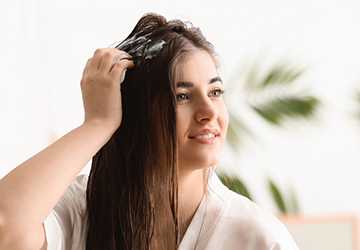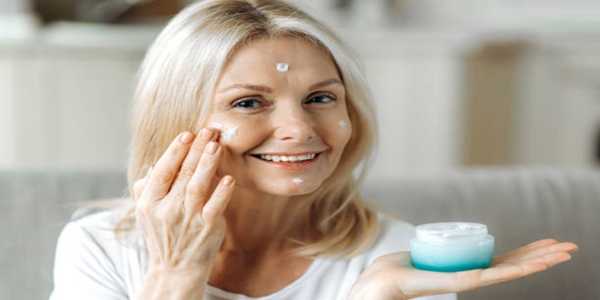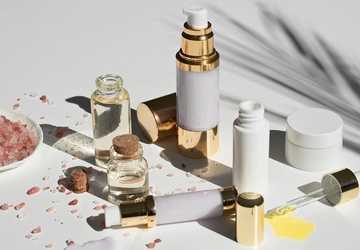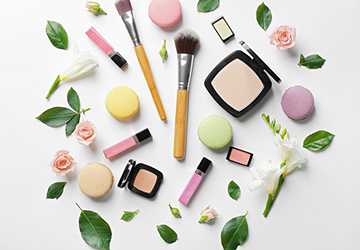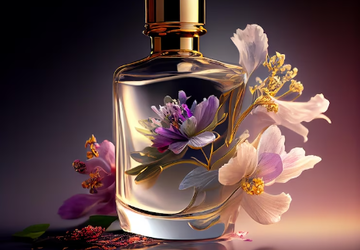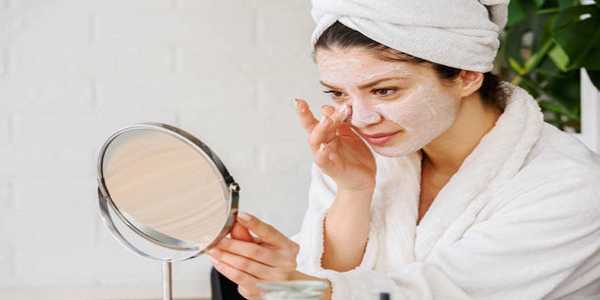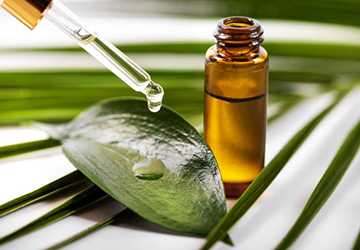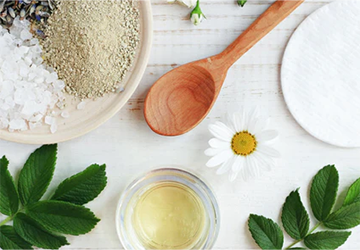From Ancient to Modern: A History of Beauty Rituals
The pursuit of beauty is as old as civilization itself. From the earliest records of human history, we find evidence of people using various means to enhance their physical appearance and protect their skin. This rich tapestry of historical beauty practices provides fascinating insights into societal values, technological advancements, and the ever-evolving definition of beauty.
1. Ancient Egypt: The Dawn of Cosmetics
Ancient Egypt, with its iconic Cleopatra, has long been recognized as a hub for beauty and skincare. Egyptians revered a clear complexion and utilized various products to achieve this. They used malachite eye shadows, kohl liners, and red ochre for lips, marking ancient makeup rituals' beginnings. Moreover, to shield themselves from the harsh sun, they invented skincare formulations containing ingredients like honey and olive oil, speaking volumes about the evolution of skincare from such early times.
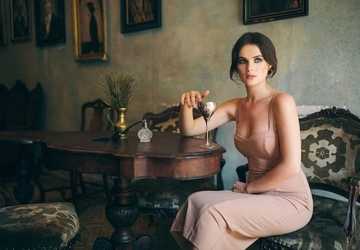
2. Ancient China and Japan: Nature and Beauty
The Far East showcased a unique blend of nature and aesthetics. Rice water was a popular skin cleanser, while crushed pearls and jade were believed to provide anti-aging benefits. Geishas in Japan had elaborate skincare routines, with bird droppings being used as a brightening agent and wax from camellia nuts for hydration. Their porcelain complexions and intricate makeup highlighted the values of grace and discipline, painting a vivid picture of beauty through the ages.
3. Ancient Greece and Rome: Baths and Oils
Greek and Roman empires, with their opulent baths, showcased a societal love for communal skincare and relaxation. Olive oil had a dominant role as a cleanser and a moisturizer. The Greeks introduced the concept of face masks, using ingredients like honey and clay. With their scented oils and elaborate hairstyles, the Romans added another layer to the rich tapestry of historical beauty practices.
4. Middle Ages to Renaissance: From Pale to Painted
During the Middle Ages in Europe, pale skin was a sign of nobility. Women used lead-based cosmetics to achieve the desired fairness, not realizing the toxic effects. However, this pale aesthetic was combined with rosy cheeks and lips by the Renaissance, reminiscent of classic paintings from this period. It’s a testament to how beauty standards fluctuate over time, further emphasizing the dynamic evolution of skincare and makeup.
5. 20th Century to Present: The Beauty Revolution
The 1900s saw a paradigm shift. From the invention of the mascara wand in the early 1900s to the booming skincare technology of the 21st century, the world witnessed beauty's industrialization. Brands emerged, and with them, global beauty standards. The modern era has seen a resurgence of interest in natural and sustainable products, echoing the ancient makeup rituals and skincare practices but with the boon of scientific validation.
6. India: A Blend of Spirituality and Beauty
India's profound connection to beauty is deeply rooted in its spiritual practices and rich biodiversity. Ayurveda, a holistic healing system that dates back thousands of years, provides insights into the historical beauty practices of the subcontinent. Turmeric, sandalwood, and rose were mere ingredients and a pathway to holistic well-being. The application of 'kajal' in the eyes or henna on the hands was not merely for beautification but had therapeutic properties and spiritual significance. This synchronization of health, beauty, and spirituality encapsulates the essence of the evolution of skincare and beauty in ancient India.
7. African Traditions: Nature’s Bounty

Due to the continent's vastness and diversity, African beauty rituals offer a rich palette of skincare and makeup traditions. Shea butter, sourced from the Shea tree, has been a moisturizing staple across West Africa for centuries. In ancient Egypt, oils extracted from baobab trees, known as the "Tree of Life," were used for their hydrating properties. Meanwhile, the vibrant tribal face paintings across various African cultures testify to the continent's ancient makeup rituals, each telling a unique story of identity, lineage, and status.
8. The Mayans and Aztecs: Chocolate and Beauty
Before chocolate became a global sweet delight, it was integral to Mayan and Aztec beauty rituals. Cacao, the primary component of chocolate, was considered sacred and was incorporated into skincare for its nourishing properties. Rich in antioxidants, it played a pivotal role in the historical beauty practices of these civilizations, highlighting that even then, there was an understanding of the importance of ingredients that shielded the skin from damage.
9. Europe’s Victorian Era: Modesty and Subtlety
Moving forward in time, the Victorian era in Europe marked a period where modesty was the beauty ideal. Heavy makeup was frowned upon, and the focus shifted to achieving a natural, youthful glow. Women would pinch their cheeks for rosiness and bite their lips to give them color. The pale complexion's craze continued, with women using lavender and rose water to lighten their skin, adding another layer to beauty through the ages.
10. Modern Times: Global Fusion
The globalized world of the 21st century witnesses a beauty amalgamation. While technology and scientific advancements bring forth products like serums, peptides, and retinoids, there's a simultaneous resurgence of interest in organic and natural ingredients. Today's beauty fans, armed with knowledge, often blend the wisdom of ancient makeup rituals with modern science. This fusion marks a full circle in the evolution of skincare, where the past and present merge, offering the best of both worlds.
Beauty's journey, when seen through history, is a narrative that intertwines culture, geography, and time. As we've traversed from ancient Egyptian kohl-lined eyes to today's highlighter-defined cheekbones, the constants remain a desire for self-expression, protection, and enhancement. These historical beauty practices remind us that while methods and products evolve, the essence of beauty—rooted in identity, confidence, and well-being—remains timeless. With the advancements in technology and a growing reverence for ancient wisdom, the narrative of beauty continues to be written, redefining and expanding with each passing age.
In Conclusion
Tracing back the lineage of historical beauty practices is like navigating through a captivating narrative of humanity's cultural, societal, and technological shifts. The beauty through the ages has always reflected the zeitgeist of its time. While we've evolved from using berries for lip tints to sophisticated lipsticks and mud packs to scientifically formulated face masks, the core desire remains unchanged: the pursuit of beauty and the feeling of confidence it bestows. As we look ahead, armed with both the wisdom of the past and the present innovations, the future of beauty holds boundless potential.
